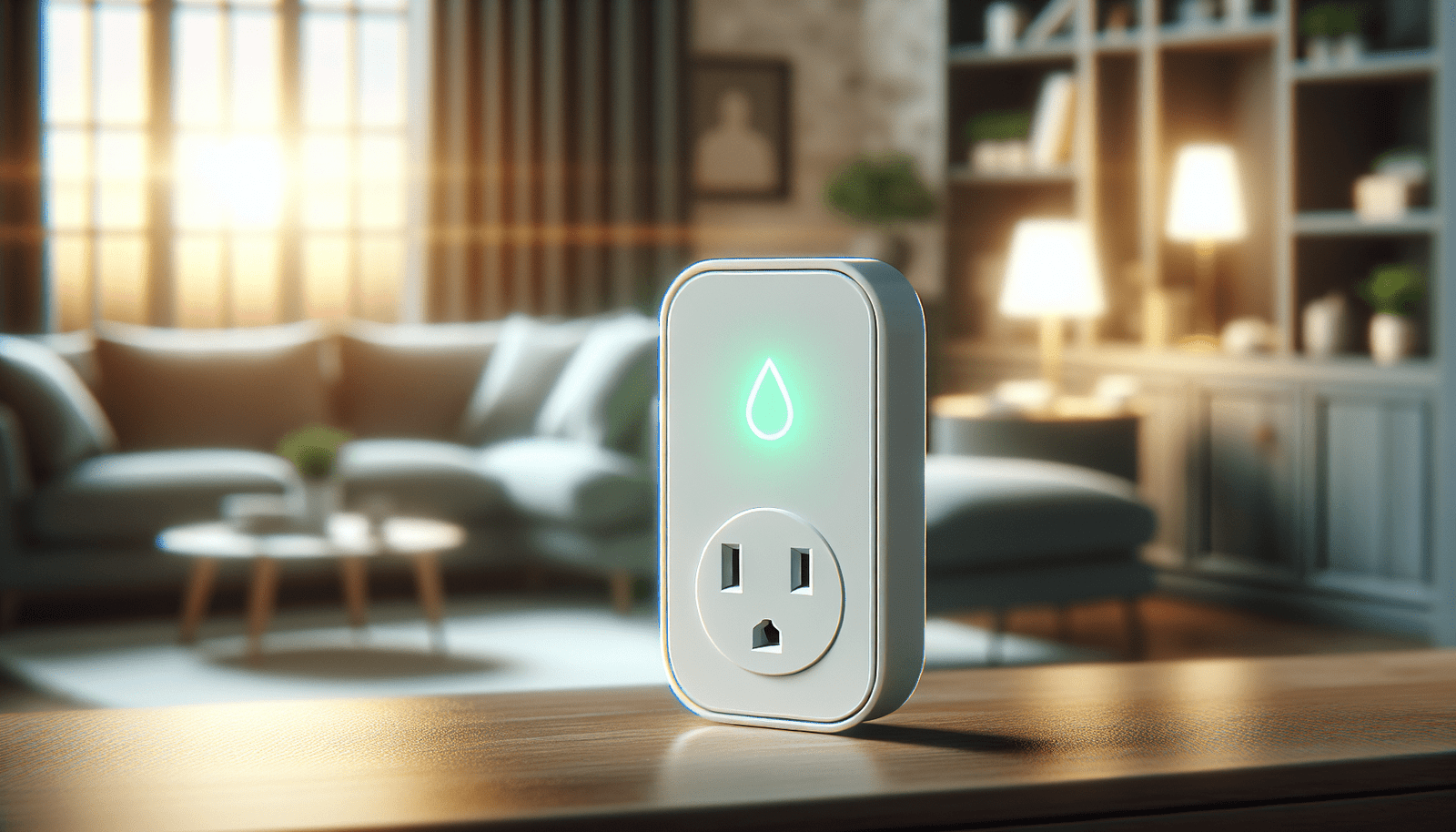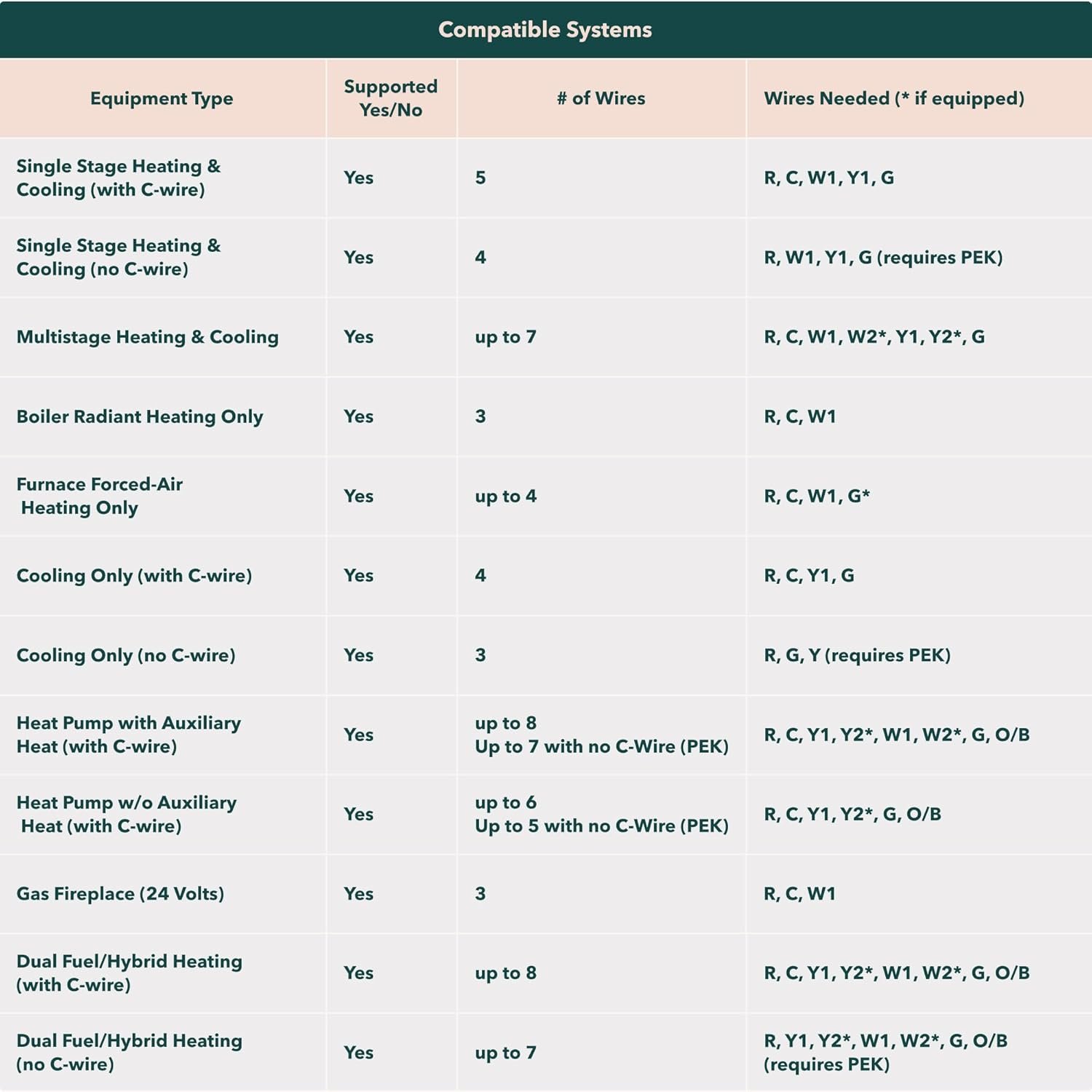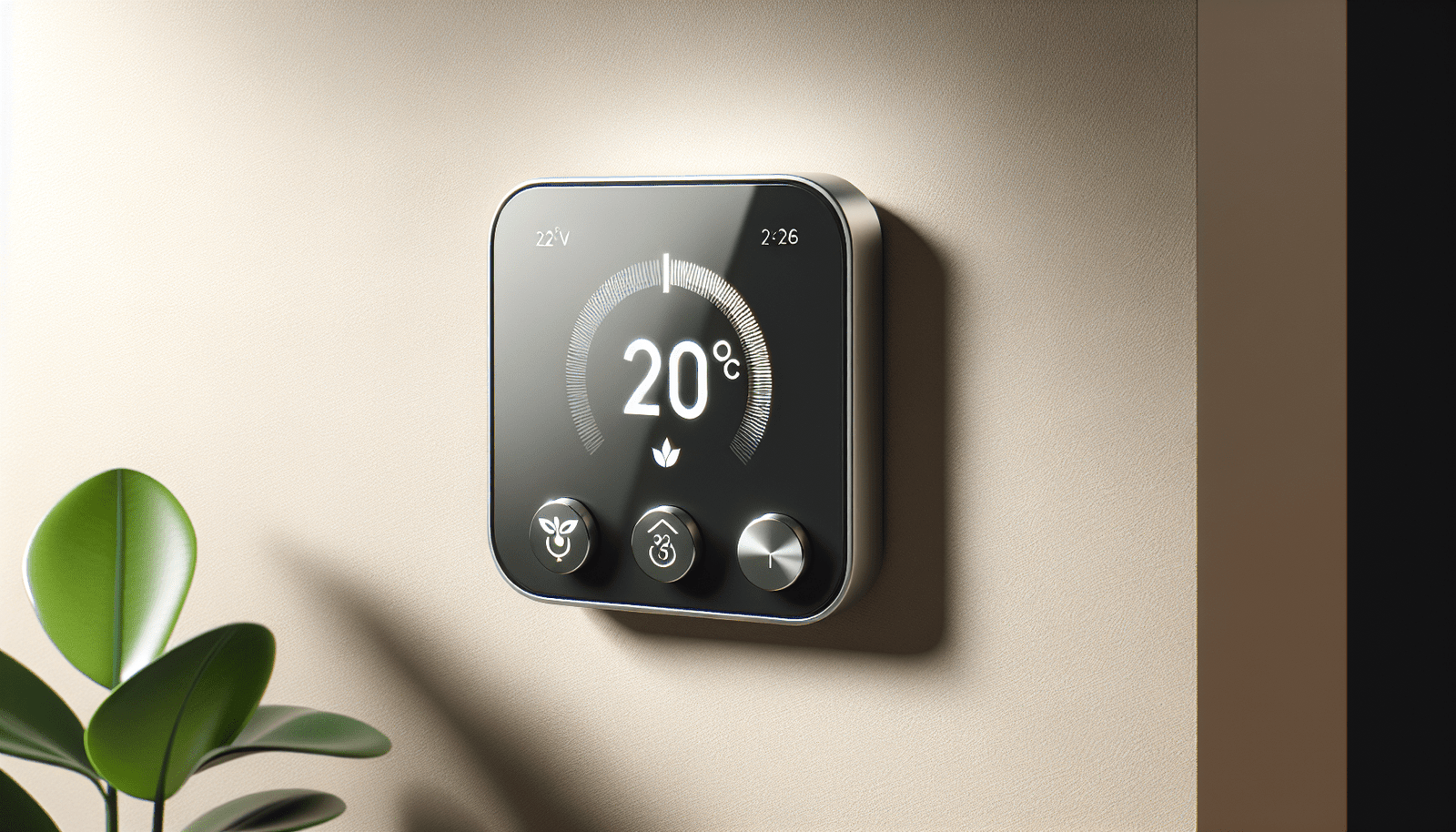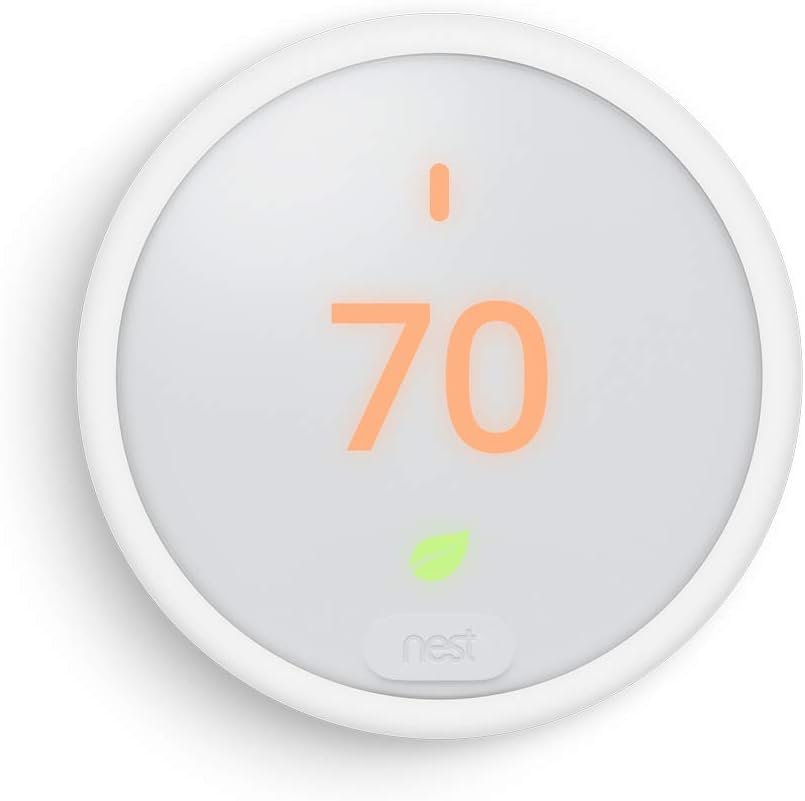Are you curious about how you can save money on your energy bills while also making your home smarter and more efficient? This article explores the world of smart plugs, an increasingly popular tool in home automation. Whether you’re a homeowner, a renter, or simply someone interested in technology, smart plugs offer an easy way to start your journey towards a more efficient and cost-effective home.
What are Smart Plugs?
Smart plugs are devices that connect to a standard electrical outlet and allow you to control the power going through them remotely. These compact devices transform your standard appliances into smart ones, providing you with control over their operation through a smartphone app or smart home assistant.
How Do Smart Plugs Work?
At their core, smart plugs act as a pass-through for electrical power. By plugging an appliance into a smart plug, you can control its power supply via a mobile app or through voice commands with a virtual assistant like Amazon Alexa, Google Assistant, or Apple’s Siri. Some even offer scheduled on and off settings, energy monitoring, and integration with other smart home devices, expanding their functionality beyond simple power control.
Benefits of Using Smart Plugs
Smart plugs offer numerous benefits that go well beyond mere convenience. They can enhance energy efficiency, offer home security features, and even improve safety.
Enhance Energy Efficiency
One of the main attractions of smart plugs is their ability to improve energy efficiency. By managing when and how long devices are powered, you can eliminate wasteful energy consumption. For instance:
- Scheduled Power Cycling: Set a schedule for devices to turn off when not in use, such as lights during the day or when everyone is asleep.
- Remote Control: You can switch off appliances that you forgot to unplug, even when you’re away from home.
Reduce Electricity Bills
By curbing unnecessary energy usage, smart plugs can significantly reduce your electricity bills. Appliances in standby mode can account for a considerable portion of wasted electricity. Smart plugs help you to shut these off automatically, ensuring that you’re not paying for energy you’re not using.
Improve Home Security
Smart plugs can contribute to your home’s security. By automating lighting and electronic devices, you can create the impression that someone is home, even when you’re on vacation, deterring potential burglars.
Aids in Monitoring Energy Usage
Advanced smart plugs provide real-time data about energy consumption. This information is invaluable for identifying energy-hogging devices, allowing you to make informed decisions about usage or replacements.
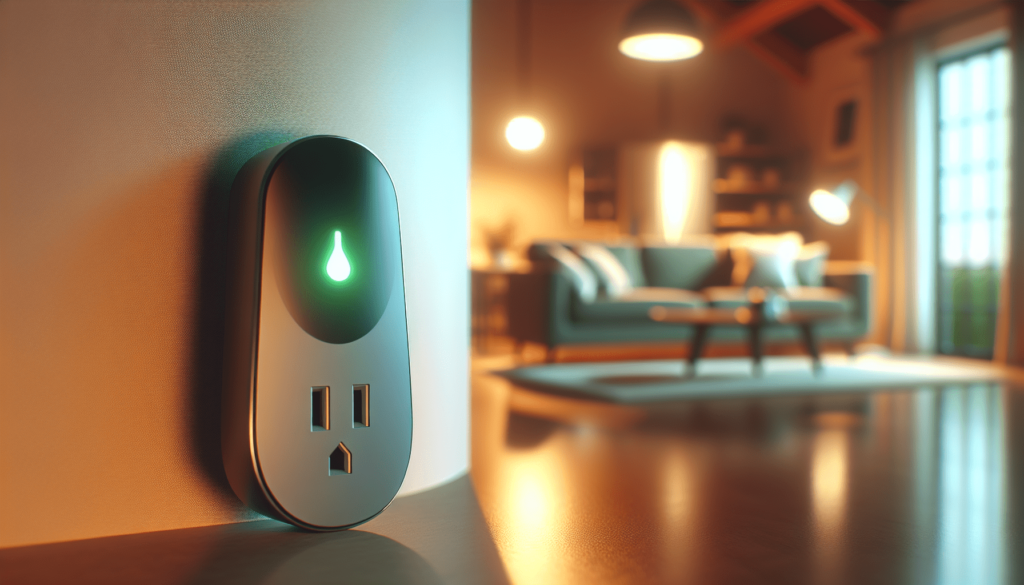
Types of Smart Plugs
The market offers a diverse range of smart plugs, each catering to different needs. Understanding the various types available can help you choose the right one for your home.
Wi-Fi Smart Plugs
These are the most common type of smart plugs, connecting directly to your home’s Wi-Fi network for control via a dedicated app. They are easy to install and do not require a separate hub.
Bluetooth Smart Plugs
Bluetooth smart plugs are ideal for those who need local control without internet connection. However, they require you to be within a certain range to operate them.
Zigbee and Z-Wave Smart Plugs
These smart plugs use Zigbee or Z-Wave protocols and require a compatible hub. While they have a higher initial cost, they offer greater reliability and can be integrated with broader smart home ecosystems.
Energy Monitoring Plugs
Some smart plugs offer additional features such as energy monitoring. These models provide data on how much power an appliance uses, helping you understand your energy costs better.
How to Setup Smart Plugs
Setting up smart plugs is generally straightforward and doesn’t require technical expertise, which makes them a perfect entry point for those new to smart home technology.
Step-by-Step Setup Guide
- Plug in the Smart Plug: Insert your smart plug into an electrical outlet.
- Connect to Wi-Fi: Ensure your phone is on the same Wi-Fi network and follow the app instructions to connect.
- Download the App: Install the brand-specific app on your smartphone and create an account if required.
- Pair the Plug: Within the app, add the new device following the in-app prompts.
- Name Your Device: For easy identification, name your plugged-in device (e.g., “Living Room Lamp”).
- Test: Confirm functionality by turning your device on and off through the app.
Tips for an Optimal Setup
- Consistent Network: Ensure good Wi-Fi coverage where the smart plug is installed to maintain connectivity.
- Firmware Updates: Regularly check for updates in the app to improve functionality and security.
- Integration: Enable integration with any virtual assistants for voice control.
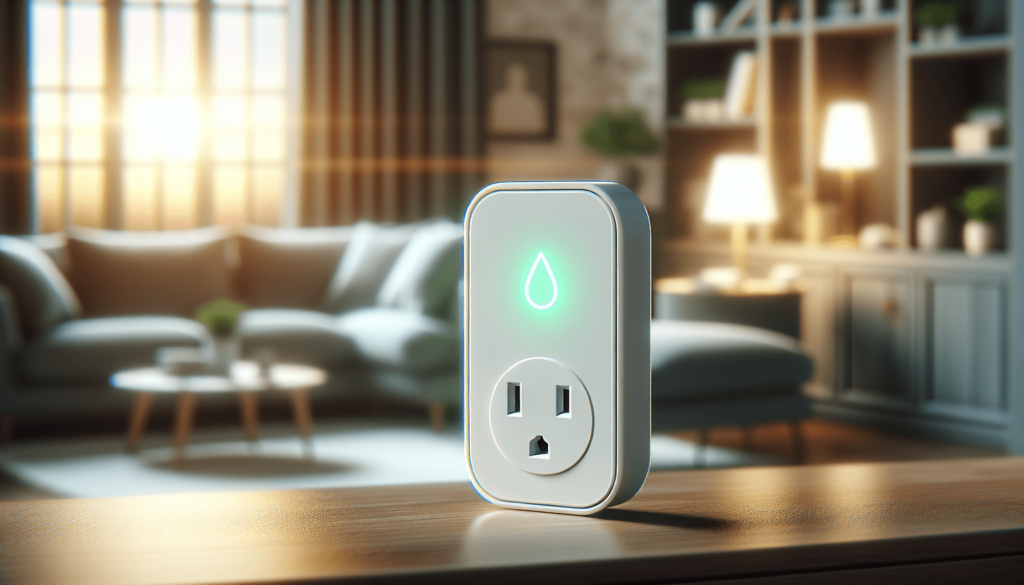
Common Connectivity Issues and Troubleshooting
Despite their ease of use, smart plugs may experience connectivity issues. Here’s how you can troubleshoot common problems:
Connectivity Drops
If the smart plug frequently disconnects, consider relocating it within better Wi-Fi range, or enhance your network with Wi-Fi extenders.
Incorrect Scheduling
Double-check your schedule settings for any errors, and ensure that your device’s timezone matches the app’s settings.
App Crashing or Unresponsive
In case of app issues, restart your device, check for app updates, or reinstall the app to resolve glitches.
Device Not Responding to App Controls
- Power Cycle: Turn the smart plug off, wait a few seconds, and turn it back on.
- Factory Reset: Perform a reset and set up the device again if problems persist.
Security Considerations
While smart plugs offer amazing benefits, it’s important to be aware of security implications. Here’s how to ensure your smart devices remain secure.
Secure Your Wi-Fi Network
Ensure your home Wi-Fi is protected with a strong password and regularly update your router firmware.
Use Strong Passwords
When setting up your smart home app, use unique and complex passwords to protect against unauthorized access.
Regular Firmware Updates
Keep both the smart plug and app updated with the latest firmware to protect against vulnerabilities.
Consider Network Segmentation
Strategically segment your devices on separate networks to limit access points should a security breach occur.
Common Queries and Comparisons
People often wonder how smart plugs compare to other smart home devices, such as smart switches. Here are some insights:
Smart Plugs vs. Smart Switches
- Ease of Installation: Smart plugs are easier to install, as they require no wiring, compared to smart switches that may need electrical work.
- Compatibility: Smart plugs can be moved around and used with various appliances, while smart switches are fixed.
Smart Plugs vs. Traditional Plugs
- Control: Traditional plugs offer no remote control options, whereas smart plugs provide versatile power management.
- Energy Monitoring: Smart plugs offer insights into energy consumption, which traditional plugs cannot.
Emerging Trends and Innovations in Smart Plug Technology
Smart plug technology continues to evolve, offering new features and capabilities.
Integration with Renewable Energy
Future smart plugs may integrate with renewable energy systems, helping manage energy consumption based on energy production levels.
Advanced Energy Monitoring
Innovations in energy monitoring will allow more precise analysis of power usage patterns, leading to even greater efficiency.
Increased AI Integration
The integration of AI with smart plugs could lead to predictive operations, where devices optimize their operation based on learned user habits.
Choosing the Best Smart Plug for Your Needs
Selecting the right smart plug depends on your specific requirements. Consider these factors:
Compatibility
Ensure the smart plug is compatible with your existing home automation system and virtual assistants.
Features
Decide on essential features such as energy monitoring, scheduling, and remote access.
Budget
Assess the cost against features provided by different brands to ensure value for money.
User Reviews
Look at user reviews online to gauge real-world performance and customer satisfaction.
Conclusion
Smart plugs provide a simple yet effective way to transform your home into a smart, energy-efficient space. By understanding their features and capabilities, you can leverage smart plugs to save money, enhance security, and enjoy greater convenience in your daily life. As technology continues to evolve, smart plugs are sure to become an even more integral part of a sustainable and connected home. Ready to make the switch and modernize your living space? By adapting these smart solutions, you’ll be on your way to a smarter, more economical home.
Disclosure: As an Amazon Associate, I earn from qualifying purchases.
